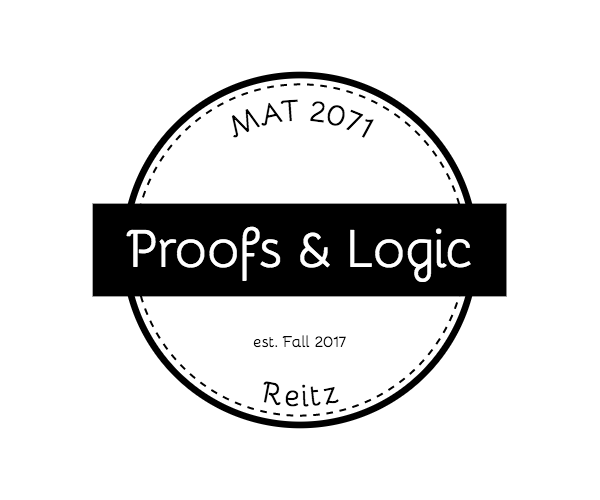Vi Hart describes herself as a “recreational mathemusician” – she has a unique approach to mathematics and its connections to the world. In this assignment you’ll be exploring some of her videos (she has a YouTube channel here), and using them as a basis for creating a new blog post.
Assignment (Due November 9, 2016). Create a new blog post responding to the instructions below. Creating a new blog post allows you more flexibility than simply leaving a comment. You have the ability to edit your work after you submit it, and to include photos, videos and other media. It also allows you to contribute to the public content of our course website.
You can get started by clicking the plus sign at the very top of our site (if you don’t see it, make sure you are logged in to the OpenLab). Detailed instructions on creating a new blog post can be found here (see “Writing a Post” in the middle of the page). You should create a new post including the following:
- The title should include the word “Videos” and also your name.
- Your post should include responses to all three parts of the assignment described below.
- Under “Category,” select “OpenLab Assignments” (you will see this on the right side of the screen)
- Under tags, enter “OpenLab 8”, “Vi Hart”, and any other tags you think describe the videos you watched (for example, you might choose “pi” if it’s a video about pi). Don’t forget to click “Add” after entering your tags in the box.
- When you’re done, click “Publish” (the blue button towards the top right on the screen).
Instructions:
Watch at least three different videos by Vi Hart from https://www.youtube.com/user/Vihart/ . You should:
- choose videos at least 2 minutes in length
- choose videos that are related to math in some way
- choose three videos, at least two of which should not appear on her front page (older or less popular videos). For a full list of her videos, click the “Videos” button near the top of her page – or click here. Scroll to the bottom and click “Load more” to see older videos.
In your post, include a response to each of the following three Parts:
Part 1. Include a link to each video you watched (3 minimum), the title, and a one or two sentence description of what the video was about.
Now choose one video to focus on. You MUST watch it 3 times. Use it as the basis for parts 2 and 3.
Part 2. Write one paragraph discussing the contents of the video:
- How did you feel watching it? Did you like it, or not? Were you confused? Inspired? Bored? Excited? Bewildered? Why?
- What is one thing you learned from the video?
- What is one question you have after watching it?
Part 3. Write a one-paragraph reflection discussing what the video could mean to your own math teaching. Is it math? Is it teaching? Is it relevant to the work you will be doing in the classroom? Is there any connection to the earlier reading assignment Lockhart’s Lament? Any other thoughts?
Extra Credit. You can earn extra credit by responding to one of your classmates’ posts. As always, be kind, be respectful, be honest.




9.999… reasons that .999… = 1
This video shows all the different reasons why .999 = 1
Why Every Proof that .999… = 1 is Wrong
Tries to joke that .999 is not equal to 1. Shows why some techniques cant be used as an april fools joke.
The Calculus of Bad Driving
Driving slower doesn’t really help as much as leaving space between cars when it’s raining. This it because it takes longer for cars to decelerate to a full stop and the distance plays a greater role
I choose this video “9.999… reasons that .999… = 1”
This video shows all the different reasons why .999 = 1
Since I find it the most interesting I felt intrigued as well as somewhat dissatisfied about my original intuitions about the number .9999
I learned that most mathematicians define .9999 as equaling 1 since the rest of the arithmetic just works.
One question I have is that I wonder for what applications would having .999 not equal to 1 make it easier to use.
I believe this lesson shows an aspect of math that many people may not be aware of. That mathematics doesn’t need to have exact definitions and that definition variations based on application may simplify computation. Such as the invention of the imaginary numbers. Or in this video showing that .999 is equal to 1.